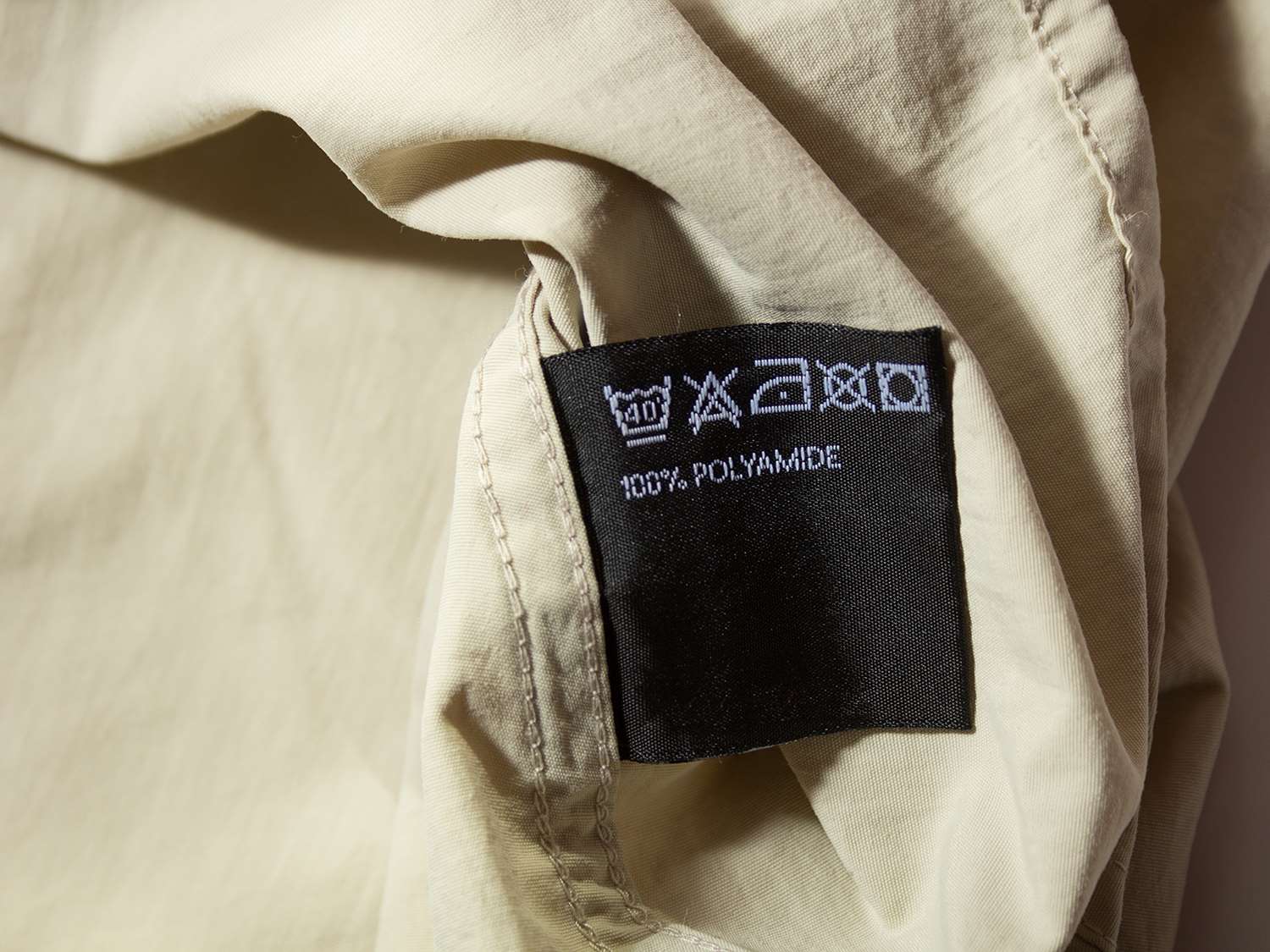
Nylon revolutionized textiles with its strength, durability and versatility. However, its environmental impact has led to the rise of biobased and recycled alternatives, offering sustainability without great compromises in performance.
Contents
Emerging solutions: biobased and recycled nylons
Q-Geo and Evo
Enka® Nylon BIO
TERRYL®
EcoPaXX
Bio Amni® and Amni Soul Eco®
Geno
BiolonTM
SENSIL® ByNature
Recycled nylon initiatives
Syntetica's nylon depolymerisation
Lululemon and Samsara Eco
Protein Evolution and Stella McCartney
Conclusion
Key takeaways
Nylon is one of the first wholly synthetic fibres. Discovered in the late 1930s by DuPont, it was originally developed to replace silk. It has since been a cornerstone of the textile industry, gaining popularity due to its strength, elasticity and durability. These characteristics made it invaluable in a wide range of applications, from stylish sportswear and activewear to intimate apparel. It’s also found more rugged use in durable outdoor gear and accessories, as well as robust ropes and cords used in marine and industrial settings.
Nylon 6,6 (PA 6,6) is considered the gold standard in the textile industry, against which characteristics other polyamides or polymers are measured.
Traditional nylon production, accounting for over seven million tons annually in the US$22bn global nylon industry, has significant environmental issues, relying heavily on petrochemical sources and releasing non-biodegradable microfibers during use [1]. The energy needed for its production is very high and generally comes from fossil fuels.
This has raised concerns about its environmental impact, particularly as awareness and demand for sustainable materials grow. In response, the industry is exploring alternatives such as recycled and biobased nylons, which offer similar performance with a reduced environmental footprint, to meet the increasing demand for
You're trying to access an article that requires you to register and become a member.
You can start browsing without limits by taking one of our paid memberships.
-
Registered
Stay informed with limited access to global innovation news throughout the textile and apparel value chain.
The journey starts here....
- Weekly ICYMI (in case you missed it) email ? Our weekly round-up of content delivered to your inbox.
- Insight (limited) ? Feature-length articles providing significant insights into crucial industry developments, material, technology innovation and business innovation, includes direct-to-source interviews with key industry stakeholders and market roundups.
- News ? Press releases from across the global textile & apparel supply chain, bringing you all the latest developments direct from the companies involved.
- Sponsored Content ? Sponsored editorial with companies and organisations within the textile & apparel supply chain, based on company developments, product launches and key initiatives.
- Podcast ? Immerse yourself in the latest innovations and expert insights from global textile and apparel leaders—spanning Asia to the Americas—covering the full value chain from tech to manufacturing.
- Digital Journals (limited) ? Our current and archived digital journals.
-
Member
Deepen your understanding of key trends, technologies, and developments shaping the textile and apparel industry.
Everything in 'Registered' and....
- Insight (unlimited) ? Feature-length articles providing significant insights into crucial industry developments, material, technology innovation and business innovation, includes direct-to-source interviews with key industry stakeholders and market roundups.
- Watchlist ? Build bespoke email alerts using keywords, schedule frequency, and delivery timing.
- Virtual event pass (1 per member) ? Attend our virtual events that explore and celebrate innovation right across the textile and apparel value chain.
- Event reports ? Comprehensive digital event reports created after our virtual events, dive deep into key topics discussed during the event.
- Email support ? We're here to help.
-
Member Plus
Access expert analysis, actionable intelligence, and vital content to help you uncover, understand, and innovate.
Everything in 'Member' and....
- Intelligence ? Business-critical content, sometimes incorporating proprietary data and analysis, with a strategic focus on business, material and/or technology innovation. Often more in-depth and technical, this content type identifies opportunities, market shits and potential impact.
- Case studies ? Structured insights into challenges faced by manufacturing facilities and the solutions they have adopted. Each article includes business insights, problems, solutions, technologies, measurables, outcomes and learnings.
- Innovation Briefings ? Articles providing an academic and commercial perspective on key topics and innovations, including both emerging or commercially ready innovations.
- Company profiles ? In-depth reports offering structured analysis on the strategic activities of companies within the textile & apparel supply chain.
- Funding watch articles ? Monthly roundup and assessment of the past month's venture funding news within the textile & apparel supply chain, focusing on early and growth stage funding.
- Reports ? In-depth editorial reports on key sectors, events and topic. Includes insight, market-driven developments, interviews and analysis in a comprehensive, journal format.
- Pricing ? Access to our weekly EMR (Executive Market Report) and WMR (Wool Market Report) pricing reports.
- 10% discount on consultancy ? Unlock your next growth phase and discover new opportunities by leveraging our bespoke consultancy service. WTiN has been commissioned by its consultancy clients for almost 10 years, all taking advantage of our over 100 years of history in the textile & apparel industry.
- Email support ? We're here to help.
-
Member Premium
Use proprietary data tools to track, monitor, analyse and navigate industry trends and market shifts with confidence.
Everything in 'Member plus' and....
- Digital Textiles Market Tracker ? Proprietary data and analysis of global digital textiles market sales.
- Patents
- Fibres Hub ? The number of on-demand videos you can show on your booth
- Smart Textiles Database
- Additional virtual event passes ? Additional passes for your colleagues and select customers beyond the named members.
- Custom data feeds ? We can work with you do deliver our data to you in the format you need.
- 20% discount on consultancy ? Unlock your next growth phase and discover new opportunities by leveraging our bespoke consultancy service. WTiN has been commissioned by its consultancy clients for almost 10 years, all taking advantage of our over 100 years of history in the textile & apparel industry.
- Email & phone support ? We're here to help
Unlock a bespoke solution-based membership proposal, just for you...
Already have an account? Log In

